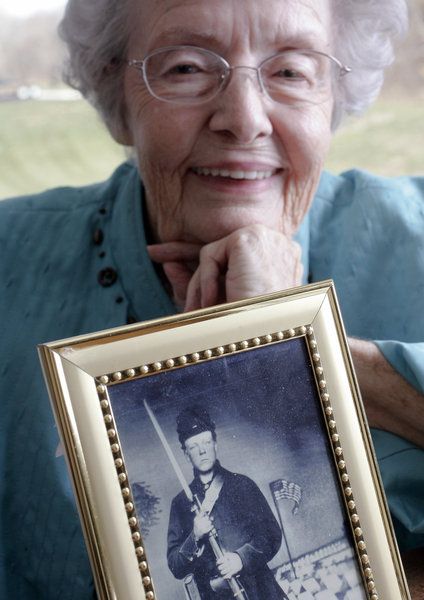A fitting article for mid-April remembrances: Here’s a description of how Chicago celebrated the news of Appomattox. I’ve read descriptions of Washington’s illuminations, and felt a little cheated that photographic technology was too immature to capture it – what a sight that must’ve been!
At midnight the hundred guns of the Dearborn Light Artillery boomed. The noise continued through the night and into the dawn. Whether any of the city’s 200,000 residents got much sleep was doubtful.
Monday came. Nobody felt like going to work, and most businesses remained closed. The Court House, the newspaper offices, and other important buildings were decorated with bunting. Street vendors selling tiny American flags on sticks couldn’t keep up with the demand. Another night of celebration followed.
via How Chicago Celebrated the end of the Civil War | WBEZ 91.5 Chicago.

